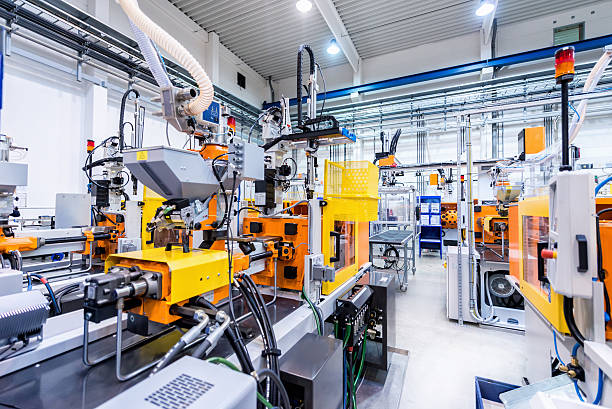Data released recently by the Kenya National Bureau of Statistics on the country’s economic performance in the second quarter of 2023, showed mixed results across sectors.
The bureau reported Kenya’s gross domestic product grew 5.4 percent in Q2 2023 compared to the same period last year. Growth was attributed to expansions in several sectors, with financial services up 13.5 percent, hospitality up 12.2 percent, agriculture up 7.7 percent, and construction up 2.6 percent.
However, the manufacturing sector posted the lowest GDP growth rate during the quarter at just 1.5 percent. Manufacturing has encountered consistent declines in growth over the past year, dropping from 3.8 percent growth in Q2 2022 to 2.0 percent in Q1 2023 before the latest fall to 1.5 percent in Q2.
This downward pattern of slowing growth in manufacturing has raised concerns, as a thriving manufacturing sector is often key for economic development and job creation in developing countries like Kenya. The anemic growth signals worries about the overall competitiveness and health of Kenya’s manufacturing industry.
Read more: OPINION: Fuel tax relief could stimulate Kenya’s economy
As a crucial sector for the economy, revitalizing manufacturing is seen as necessary for a stronger recovery. Experts point to several factors holding the sector back from its potential.
High production costs in Kenya have hampered manufacturing growth and competitiveness. Key inputs like electricity and fuel are straining budgets. Elevated global fuel prices along with increased domestic fuel taxes, such as the recent hike in value-added tax on fuel to 16 percent from 8 percent, make it difficult for factories to contain costs. The government is urged to work on lowering fuel and electricity expenses.
Industry leaders also cite policy and regulatory burdens as challenges for manufacturing. They advocate for bureaucracy reduction and incentives to boost investment. For example, Rwanda passed a new law in 2021 that spurred a $157.4 million increase in foreign direct investment and 10.5 percent GDP growth.
Officials tout Kenya’s new county industrial parks program as a good initial step to unlock economic potential in the counties and eventually benefit manufacturing. But further policy steps like tax incentives and production cost reductions may be needed for sustainable growth in the sector.
While solutions will take time, officials express optimism that the right policies and innovation can put Kenya’s manufacturing sector on a path toward a more robust, job-rich economy. Realizing the sector’s full potential to drive broad-based growth will require collaboration and focus from all stakeholders, they say.
Email your news TIPS to editor@thesharpdaily.com


















